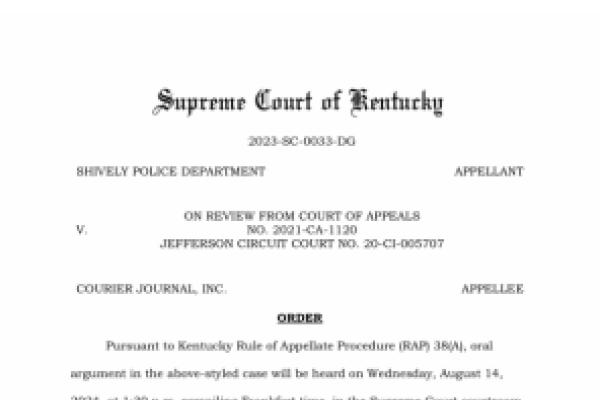"In 1968, the Central Intelligence Agency discovered a sunken Soviet nuclear submarine resting deep on the ocean floor. The agency built a 600-foot ship outfitted with a giant claw to raise the submarine to the surface and access the valuable intelligence information contained inside. It then developed an elaborate cover story, convincing Howard Hughes, the eccentric billionaire inventor, to claim that he had built the ship to mine manganese from the sea floor. To help sell the story, the agency named the vessel the Hughes Glomar Explorer.
"When word of the project eventually leaked, a group of reporters submitted a series of Freedom of Information Act requests to the agency to ask for information about the covert operation. The CIA didn't want to deny the request under a specific exemption because that might tip off the Soviets. But to tell the reporters that there were no responsive records would be a lie. So it came up with a new response under the federal transparency statute. It told reporters that it could not reveal whether or not it had records relating to the project because the mere fact of the program's existence was a classified national security secret. This reply—refusing to confirm or deny the existence or nonexistence of records—has been referred to ever since as the 'Glomar' response.
"The Glomar's origins are deeply embedded in the national security context. And for a time, the secrecy tool remained tethered to the national security state. But eventually, it began to migrate—first to other federal agencies and then to state and local governments. Police departments, especially, began to issue Glomars to shield information relating to their investigations. Over time, its use became more widespread, even routine."




